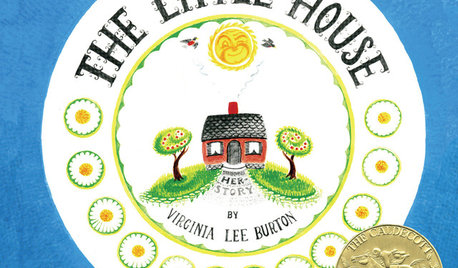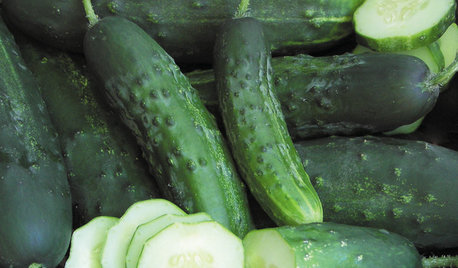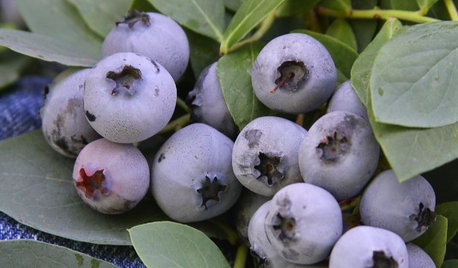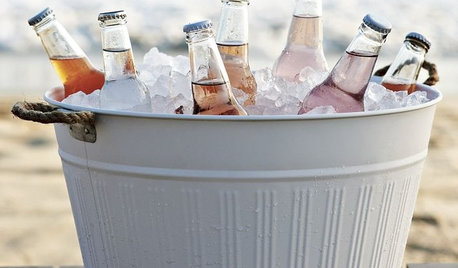Watermelons
momofsteelex3
10 years ago
Related Stories

EDIBLE GARDENSSummer Crops: How to Grow Watermelons
You might not need as much space as you think to get this summer mainstay to spring up in your garden
Full Story
SHOP HOUZZShop Houzz: Take a Taste of Watermelon Pink
Give juicy pink a commanding role in your room’s design
Full Story
SHOP HOUZZHouzz Products: Summer Color for the Patio
Set a sunny, happy outdoor scene with accessories and furniture in sea blue and sunset orange
Full Story
KITCHEN DESIGN10 Outdoor Kitchens to Flip Over
Whether you're flipping burgers on Memorial Day or kicking back while someone else cooks, these kitchens hit the spot
Full Story
GARDENING GUIDESVegetables and Flowers Mix in Beautiful Edible Gardens
Ornamentals, meet your edible garden mates. We know you'll get along just beautifully
Full Story
BOOKS11 Great Children’s Books About Home (and 2 Honorable Mentions)
Homes come in many different shapes and sizes, and these kids’ books highlight the tallest, the smallest, the oldest and the silliest
Full Story
SUMMER FRUITS AND VEGETABLESSummer Crops: How to Grow Cucumbers
Pick a peck for pickles or opt for fewer and raw — no matter how you slice them, cucumbers are great for summer gardens small to large
Full Story
KITCHEN DESIGNKitchen of the Week: Red Energizes a Functional White Kitchen
A client’s roots in the Netherlands and desire for red countertops drive a unique design
Full Story
GARDENING GUIDES15 Favorites for Your Summer Edible Garden
Get your summer garden off to a good start with these popular fruits and vegetables
Full Story
PRODUCT PICKSGuest Picks: Build a Better Barbecue
Entertain friends with ease this summer with the help of these outdoor party provisions
Full StoryMore Discussions






Okiedawn OK Zone 7
Related Professionals
Marina Landscape Architects & Landscape Designers · Aurora Landscape Contractors · Columbine Landscape Contractors · Goodlettsville Landscape Contractors · Lake Saint Louis Landscape Contractors · Lancaster Landscape Contractors · Oak Forest Landscape Contractors · Pikesville Landscape Contractors · Rockland Landscape Contractors · Benton Decks, Patios & Outdoor Enclosures · Greendale Decks, Patios & Outdoor Enclosures · Hyattsville Decks, Patios & Outdoor Enclosures · Kearns Decks, Patios & Outdoor Enclosures · Redlands Decks, Patios & Outdoor Enclosures · San Jose Decks, Patios & Outdoor Enclosures